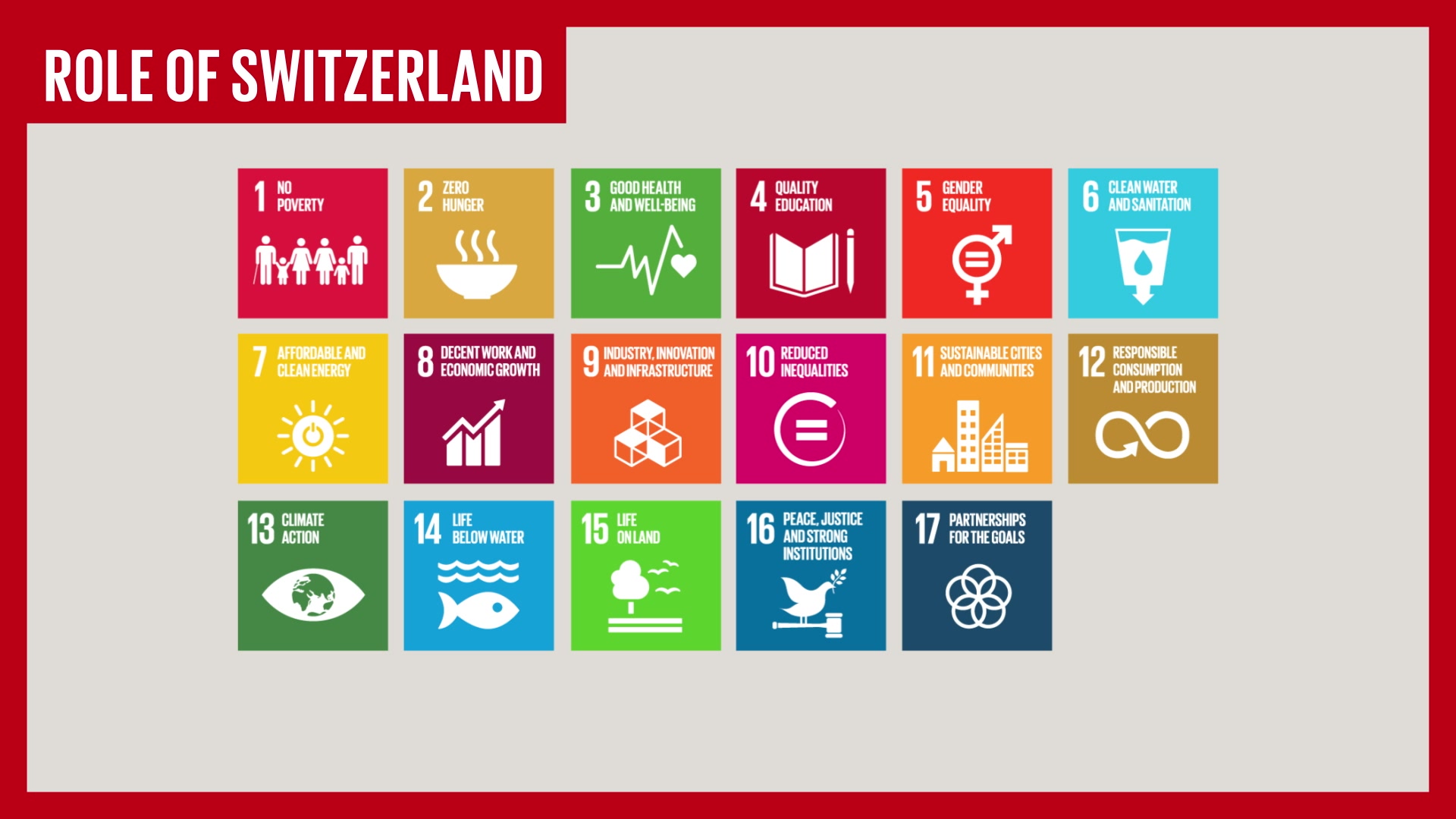17 Sustainable Development Goals
How to reach the 17 Sustainable Development Goals of the United Nations by 2030? Two attitudes are possible: One is to focus on one goal at a time – without looking at negative consequences for the other goals. Another is to view a balance such that when focusing on one goal – it creates positive synergy for other goals. How do you think about this?
Here are 8 perspectives and one neuro-tip exercise for you:
1)Whole and detail
It is a preference scale from seeing the wholeness to seeing the details. If you focus on one part and don’t see the large picture – you may loose something important. If you always look at the big picture, you may have problems to reach a result that is in the details. It is a skill to develop - to shift between the whole and the parts – when it is appropriate.
2)Balance
Sustainable development goals have to be reached in a balanced way.
Not one goal at the cost of another goal. For instance when you focus to solve global warming – you may not do it in a way that destroys genetic diversity and land area in untouched nature with habitats of living organisms.
3)Two goals at the same time, in combination, synergy
People may have difficulties in the brain when you focus on one goal and loose sight of the other goals.
4)«Men may focus on only one thing at a time»
This is a sterotypic idea. But it is easy to see that some people are better to balance several goals at a time. While others are more one-eyed. When you are balanced, you are more mature. You see more nuances, distinctions and possibilities.
5)Industrial rather than empatic thought pattern
When you are in a role with technical or economical intention – it is often easy to forget social and environmental consequences. «In order to reach one goal – you need to crack some eggs!» «The goal is more important than the means!» The result may be too many eggs cracked! An alternative is to see the interchange of nature, people and economy and strike a balance.
6)Cognitive bias
This means to be unflexible and live too much on one side of a preference scale. For instance seeing one part in stead of seeing the whole picture. See one goal and lack seeing the other important goals. See climate change without seeing genetic diversity and land use change.
7)Cognitive distortions (unprecise thought patterns, unøyaktige tankemønstre)
What thought patterns may be working when you see a part – but not the whole picture? Maybe the thinking styles of: Either or. All or nothing. Discounting what is. Limits what counts for success. Limits choice possibilities.
8)Ask your wholeness balincing brain network
The «salience» network in your brain is a wholeness, balancing, value, empathy, social network in your brain. Or compassion, kindness, ethical network. Balancing self-awareness and social awareness. It may contribute to your fluid reasoning capacity (Yuan etc., 2012). It is balancing your thinking network - and imagination, fantasy feeling network (default mode network, resting state network, mind wandering network). It is balancing between your values and the values of others. You connect to it when you ask for values, how to balance, find synergy, co-create. My interests - others interersts. Empathy with the interests of future generations - or only see needs of the present generation.
This is the brain network where we see true guilt, true shame, true bad consciousness. This is another network than the false fantasy network that pop up all imaginary old memories of guilt, shame and false consciousness in your default mode network (imaginary network, resting network).
The salience, balancing network develops late in humans, women often at about 28-30 years age, and men later, mabe at 40 years, or develops only little or never.
Neuro tip:
In order to listen to this value network, you first need to relax, be free of stress, be open to observe reality without judging. Thest this now:
Yawn-stretch super slowly - relax - observe what ever thoughts, feelings, values pops up.
Then: Let your diverse values pass through your attention. Or let your diverse goals pass through your attention. Or let the 17 Sustainable Development Goals pass through your attention.
Then: Ask your salience /wholeness / overview /value / empatic brain network to find a balance between the diverse goals. Or ask how you may combine diverse values. Or ask your intuition to find a balanced solution. Or ask your deep inner wisdom how an integrated solution might look like.
Let me hear what happens to you:
Ask me for a test experience conversation at
helge.christie@gmail.com
Source:
Behav Brain Res. 2012 Apr 15;229(2):384-90. doi: 10.1016/j.bbr.2012.01.037. Epub 2012 Jan 26.
The salience network contributes to an individual's fluid reasoning capacity.
Yuan Z1, Qin W, Wang D, Jiang T, Zhang Y, Yu C.


